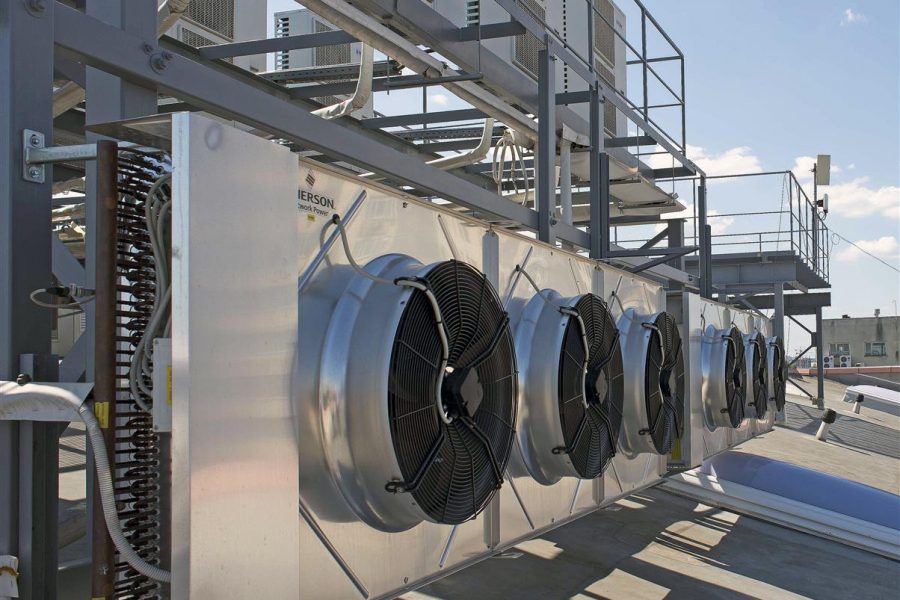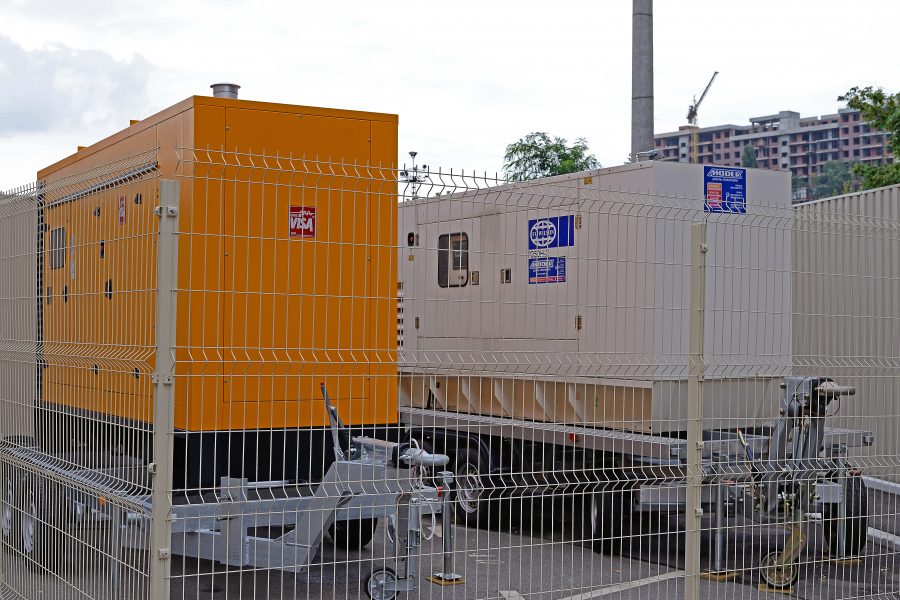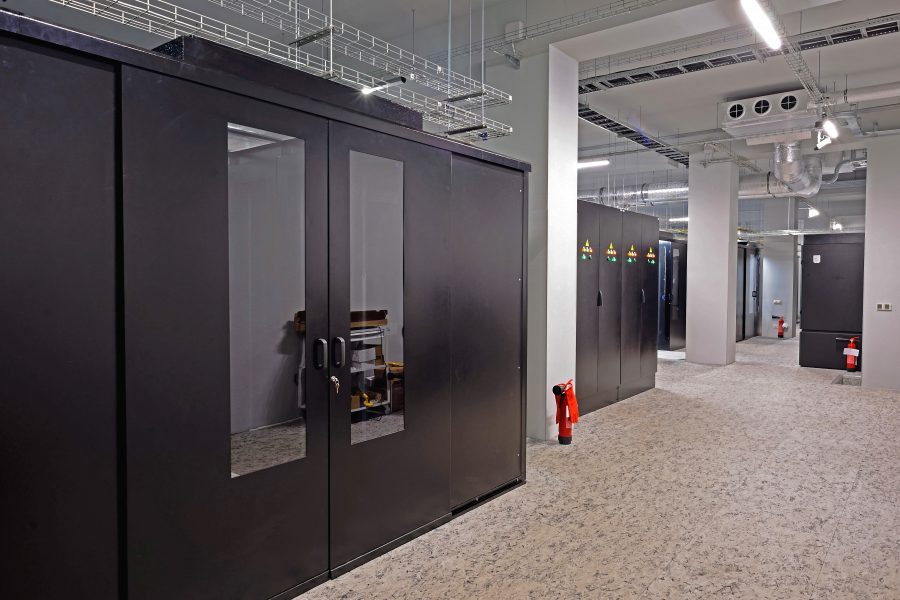Huawei has already shipped 10,000 5G base stations worldwide, its chairman Ken Hu announced at the Global Mobile Broadband Forum in London. Hu said 5G “demand is real” and the technology is “ready to use” but cautioned that some barriers to 5G deployment remain.
At the same conference, BG Ryan Ding, head of Huawei’s carrier division, said the Chinese company has signed 22 commercial contracts for 5G network equipment already. The adoption of 5G is being driven by large countries with big populations looking to take the lead in the new mobile technology and move faster than with 3G or 4G, Ding said. In addition, manufacturers are looking to develop new types of end-user devices for 5G, such as foldable phones, which should be ready in 2019.
Barriers to 5G include the lack of available spectrum for operators, according to the Huawei chairman. To help speed up deployment, he recommended that governments accelerate the process of harmonizing and releasing continuous bands of large-bandwidth 5G spectrum, and at a total cost lower than 4G. Operators should already start using the C-band, while “all bands can and will eventually be used for 5G, including 2.3 GHz and 2.6 GHz”, Hu said.
Government also need to do more work on making sites available and easing the process of building new infrastructure. This includes shared utility infrastructure, such as rooftops and light poles, to help carriers cut costs and time while also opening up new revenue streams for public utilities.









